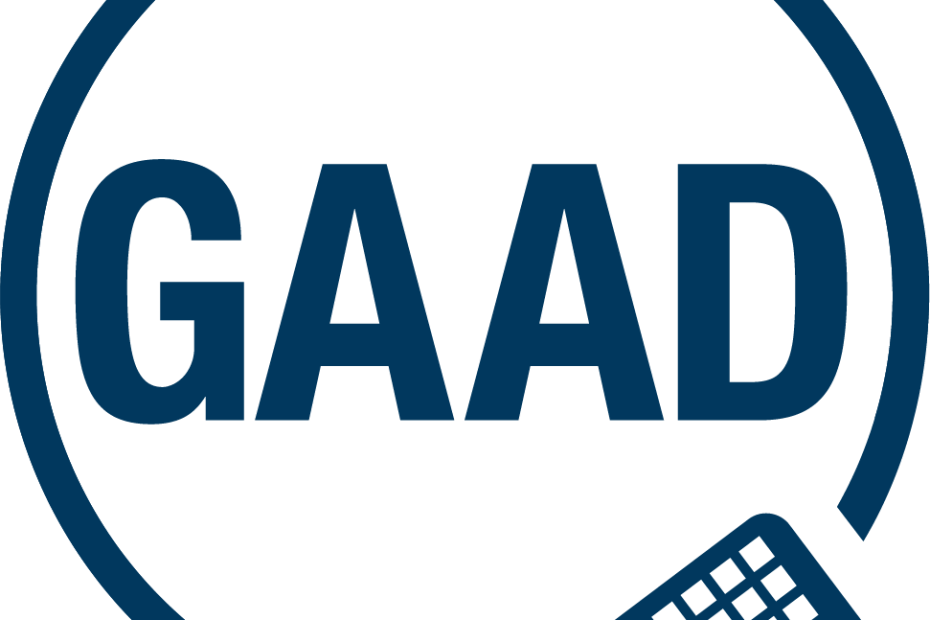Thursday, May 15, 2025 marks the 14th Global Accessibility Awareness Day (GAAD), a pivotal moment each year that brings focus to an often-overlooked imperative: digital accessibility. It is a day dedicated to encouraging everyone—developers, designers, content creators, and decision-makers—to reflect on how we can make digital spaces more inclusive for over one billion people worldwide who live with disabilities.
As a platform committed to powering accessible digital experiences through AI, Allyable proudly joins the global community in celebrating GAAD and driving conversations that advance inclusion. Here’s why digital accessibility isn’t just a technical issue—it’s a matter of civil rights, social equity, and smart business. At Allyable, we believe accessibility must be built into the foundation of every digital experience—not bolted on after the fact.
What Is Digital Accessibility?
Digital accessibility refers to the ability of people with disabilities or impairments to independently access and interact with digital content and applications—whether that’s a website, a mobile app, an online form, or a virtual classroom.
It encompasses a wide range of design and development practices aimed at removing barriers and ensuring that all users—regardless of ability—can navigate, understand, and engage with digital information.
This includes:
- Providing alternative text for meaningful images so screen readers can interpret visual content.
- Using captioning for videos to support users who are deaf or hard of hearing.
- Ensuring interfaces can be navigated via keyboard only, benefiting users with motor impairments.
- Designing content using plain language and consistent layouts to support users with cognitive disabilities.
At Allyable, we integrate all of these best practices into our platform to support developers and content creators with automated tools that streamline accessible design and compliance.
When accessibility is embedded into design from the beginning, it leads to digital experiences that are more usable for everyone—not just those with disabilities.
The State of Digital Accessibility: A Reality Check
Despite the growing awareness of digital inclusion, the current state of accessibility still leaves much to be desired. According to WebAIM’s 2020 “Million Report”, an analysis of one million home pages found that:
- 98.1% of home pages had at least one WCAG 2.0 (Web Content Accessibility Guidelines) failure.
- There were an average of 60.9 accessibility errors per page.
The most common issues included:
- Low contrast text (86.3%)
- Missing alternative text for images (66%)
- Empty links (59.9%)
- Missing form input labels (53.8%)
- Empty buttons (28.7%)
- Missing document language declaration (28%)
These aren’t obscure technical problems—they are everyday obstacles that prevent real people from participating in digital life, from shopping online and applying for jobs, to accessing education and healthcare.
To learn more about WCAG standards, visit the W3C Web Content Accessibility Guidelines.
Allyable’s real-time accessibility monitoring tools help teams catch and fix these issues early, reducing risk and improving usability across all digital touchpoints.
Why Accessibility Is a Civil Right
Digital inaccessibility is not just a usability flaw—it’s a violation of civil rights. As more aspects of life move online, access to digital content becomes essential to exercising basic human rights. The Americans with Disabilities Act (ADA) and similar laws worldwide increasingly recognize digital accessibility as a legal obligation.
Excluding people with disabilities from digital experiences has the same effect as denying them access to physical spaces. It creates barriers to employment, education, civic participation, and social connection. Allyable helps organizations meet these legal responsibilities with confidence through compliance-focused solutions.
The Business Case for Accessibility
In addition to being a legal and ethical responsibility, accessibility is simply good business. Consider these points:
- Over 1 billion people globally live with a disability. That’s nearly 15% of the world’s population (World Health Organization).
- In the U.S. alone, the disability market represents over $490 billion in disposable income (Return on Disability Group).
- Accessible websites have better SEO, are more mobile-friendly, and provide faster load times.
- Inclusive design practices lead to better user experiences for all users, increasing engagement and reducing bounce rates.
Allyable supports business success by embedding accessibility into your digital ecosystem—boosting ROI while aligning with core values of diversity, equity, and inclusion.
Accessibility is also a driver of innovation. Many of the technologies we take for granted today—voice assistants, video captions, touchscreens—were originally developed to meet the needs of people with disabilities.
A Closer Look: Disabilities and Their Digital Needs
To build truly inclusive digital experiences, we must understand the diverse needs of users with different types of impairments. For more detailed user personas, check out W3C’s guide on how people with disabilities use the web:
Visual Disabilities
- Blind users rely on screen readers and need alternative text for images.
- Low vision users benefit from high contrast, resizable text, and consistent layouts.
Hearing Disabilities
- Deaf and hard of hearing users need captions for multimedia and visual alternatives to audio alerts.
Motor Disabilities
- Users with limited mobility may use adaptive hardware like mouth sticks, eye-tracking devices, or alternative keyboards.
- They need interfaces that are operable via keyboard and have large, clickable targets.
Cognitive Disabilities
- People with dyslexia or other cognitive challenges benefit from simplified language, uncluttered designs, and clear navigation paths.
Accessible design accommodates these needs, allowing everyone to interact with digital content on their own terms. With Allyable’s all-in-one platform, teams can address all of these considerations holistically, simplifying the process of inclusive design.
The GAAD Foundation: Driving Cultural Change
Launched in 2021 on GAAD’s 10th anniversary, the GAAD Foundation is working to disrupt the culture of technology and digital product development. Their mission is to make accessibility a core requirement—not an afterthought.
You can learn more about Global Accessibility Awareness Day and how to participate at the official GAAD website.
By encouraging organizations to “shift left” and consider accessibility from the earliest stages of design and development, the GAAD Foundation aims to build a future where inclusive digital design is the norm.
Allyable supports this mission by providing technology that integrates seamlessly into every stage of the digital product lifecycle—from planning and design to deployment and maintenance.
How Allyable Supports Digital Accessibility
At Allyable, our mission aligns directly with GAAD’s goals. Our AI-powered platform is designed to make achieving and maintaining digital accessibility fast, efficient, and sustainable.
We help organizations:
- Identify and fix accessibility issues in real time
- Conform to global accessibility standards like WCAG, ADA, and EN 301 549
- Integrate accessibility into development workflows from the start
- Empower teams with training, insights, and actionable guidance
Whether you’re just beginning your accessibility journey or striving for continuous improvement, Allyable is here to help you make digital inclusion a lasting priority.
Join hundreds of organizations worldwide who trust Allyable to future-proof their digital assets and meet today’s growing accessibility demands.
Let’s Build a More Inclusive Digital World
Global Accessibility Awareness Day is more than a date on the calendar—it’s a call to action. It’s an invitation to acknowledge the barriers that exist and to take meaningful steps to remove them. Accessibility benefits everyone, and creating inclusive digital environments is both the right thing to do and the smart thing to do.
On this 14th GAAD, let’s recommit to building a web that works for everyone—with Allyable by your side.




